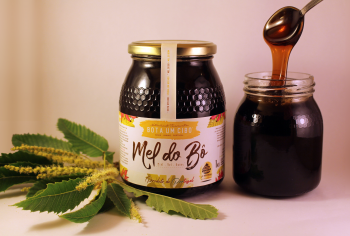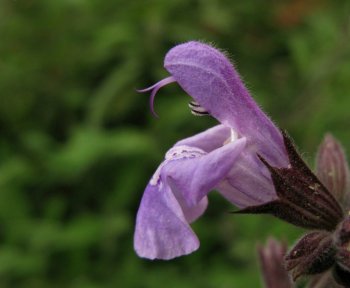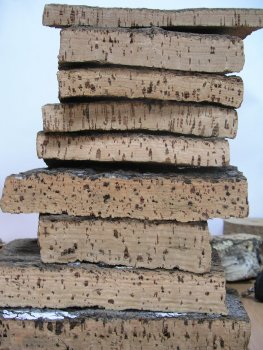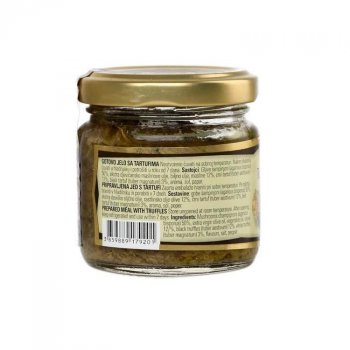Chestnut flower nectar: an essential ingredient of honey produced in the Montesinho Natural Park
Submitted by joanaap on 17 June 2020Chestnut orchards are one of the most profitable crops in the Montesinho Natural Park (PNM) area, with chestnuts representing a large share of many families' income. Besides the fruit, other products make it a multifunctional culture, among them, honey. This and other beekeeping derived goods represent a way to value the existing flora and to promote a territory with reduced harmful human impact (e.g. pollution). This product is probably what best characterizes this natural park, revealing the intricacies of this region on its flavour.




